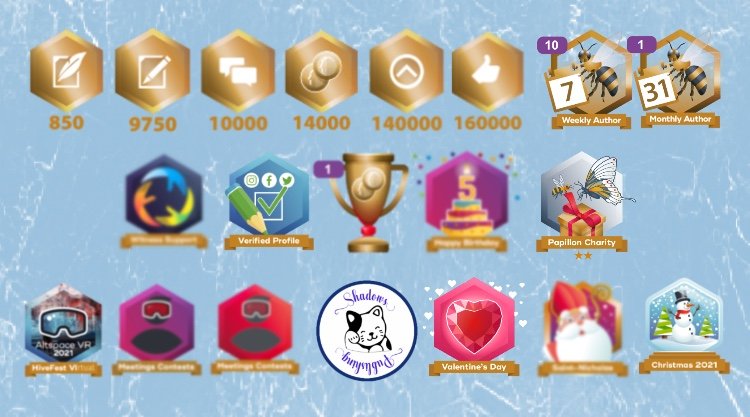
I’m a person who does a lot of reading. Reading continues my learning throughout my life. Over the years I’ve often taken notes when reading something of interest in an effort to recall more of it later.
The test of having learned something yourself is being able to explain it to someone else. Nothing teaches me how little I know about something than trying to explain it. Back I go to the notes I took. Or, even to the original source for what I didn’t take notes on.
Using A Commonplace Book
My most common method of taking notes is a notebook. I’d just write things down as I came across them, usually without organization. This method has a long history and is known as keeping a ‘commonplace book’. If you search online, you can find many commonplaces kept by famous figures throughout history.
The books serve as the place to look to recall a note, but, it means having to hunt through the book to find it. Hunting takes time and shows up the chaotic nature of the method for note-taking. Worse, is taking notes I intend to use later and forgetting about them.
The Zettlekasten Method
The Zettlekasten method is a personal note-taking system based more on thoughts, ideas and the connections between them. Instead of trying to impose a rigid structure on how you take and store notes, they are organized in the system in a way that it helps you to build onto it over time and becomes a timeless source of facts, thoughts, ideas and connections.
It’s in effect building a second brain to handle and process the overflow from your own brain.
Niklas Luhmann's Use of a Zettlekasten
German born Niklas Luhmann is considered one of the most important social theorists of the 20th century. Over a 40 year period he published over 70 books and 400 scholarly articles drawing on the 90,000 notes in his system.
Trained as a lawyer, Luhmann had a career in public administration by day. In his off hours he read, studied and made notes using a Zettlekasten system of his own. The system was built completely on index cards and pieces of paper. He never used a computer.
Drawing on that material he wrote and published two books on social systems theory. The books led to him being invited to teach at the university level. Something he couldn’t do without being a graduate in Sociology. He undertook to complete the work and was successful in having his books accepted retroactively as his PHD thesis.
Introduced to Zettlekasten By the Luhmann Story
I came across the story of Luhmann and the Zettlekasten, also known as a slipbox. As I explored the concept I realized shifting to a similar system would give me opportunity to better organize and utilize the notes I take. Over the last several weeks I’ve been working on learning how the concept works and building what will work for me.
Obsidian is My Software of Choice
There are several pieces of software available that you can use for this. I’ve settled on using one called Obsidian. The files built in Obsidian are in markdown and reside where I want them on my computer. If something happens that Obsidian goes away, my files can all be read with a text editor. I’m not dependent on the software.
I’m far from well versed on using Obsidian but I think I’ve learned enough, I can talk about what I’ve been doing with it. That’s for another day though.
Were you familiar with Zettlekasten / slipbox for taking notes?
NOTE:
- Header images came from Pixabay.com
- All other images are mine
- This is day 1 of 30 in the #HiveBloPoMo Challenge for April.


Shadowspub is a writer from Ontario, Canada. She writes on a variety of subjects as she pursues her passion for learning. She also writes on other platforms and enjoys creating books you use like journals, notebooks, coloring books etc.

Would you like to receive writing prompts every day? You can subscribe to Prompt A Day to get started.

Share your posts by joining us on the DreemPort Discord


